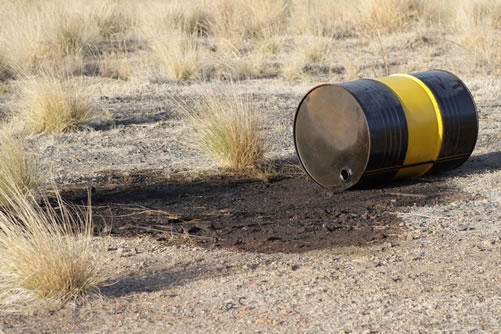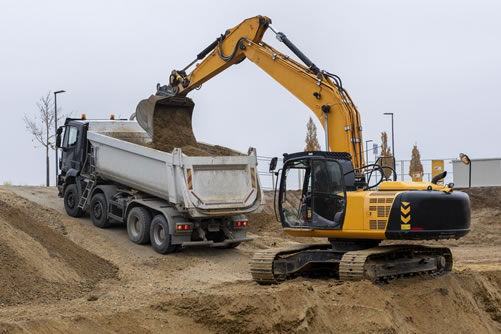What is pollution?
Pollution is the contamination of the environment by the direct or indirect introduction of molecules or particles resulting from human activity and likely to harm human health or the quality of ecosystems.
There are two types of pollution: accidental and chronic.
- Accidental pollution results from a sudden and unforeseeable event, such as an accident involving an oil tanker, an accidental discharge from a factory or a burst pipe. This type of pollution is generally characterized by the discharge of a pollutant in large quantities over a short period of time.
- Chronic pollution occurs over a long period, e.g. from the leakage of a fuel oil storage tank over many years, or atmospheric fallout from factory fumes. This type of pollution is generally characterized by widespread environmental propagation.
Pollution can be spatially concentrated or diffuse. Pollution may be generated by an identified and localized source, such as a buried tank, or it may be dispersed over a large area, for example by the spreading or use of fertilizers in agriculture.
What are the main pollutants?
The most common pollutants are :
- Trace metals (TMEs) such as mercury, arsenic, lead, zinc, cadmium, etc., formerly known as heavy metals;
- Hydrocarbons (CnHm): HCT, PAH, BTEX
- Volatile organic compounds (VOCs)
- Pesticides ;
- Nitrites, nitrates ;
- Cyanides;
- Polychlorinated biphenyls (PCBs).
Which sites are polluted?
Soils and aquifers have been damaged by past practices. Indeed, our industrial past and intensive agriculture have left many scars at a time when little thought was given to the impact on the environment and human health.
A wide range of polluted sites can be identified in urban and agricultural areas. Our environmental consultancy frequently intervenes on issues encountered in :
- Industrial wastelands, disused industrial sites and abandoned factories;
- Former chemical or hydrocarbon storage sites;
- Unauthorized or abandoned landfills and dumps with industrial, inert or household waste;
- Sites of potentially polluting activities such as service stations, garages, metalworking factories, etc.
- Oil-heated properties with leaking oil tanks;
- Agricultural land ...
What are the objectives of our contaminated site and soil assignments?
The first task is to carry out a diagnostic study of the site's history and environment. If pollution is discovered, the first step is to study the means to be implemented to eliminate this pollution in the environment, in order to return to the initial state before contamination. Remediation may take place on or off site. Our mission will then consist of sizing, controlling and accepting the remediation work, as well as validating sanitary compatibility.
In some cases, however, it is not possible to eliminate pollution, either because of the risk of transferring it, or because of technical or financial problems. In such cases, it is necessary to study the compatibility between environmental quality and use. This can be ensured by reducing the pollution's capacity to cause harm, through the implementation of corrective measures to ensure that exposure levels for site users are no higher than for the French population as a whole. Our mission will then be to recommend the measures to be implemented.
Pollution diagnostics >>





